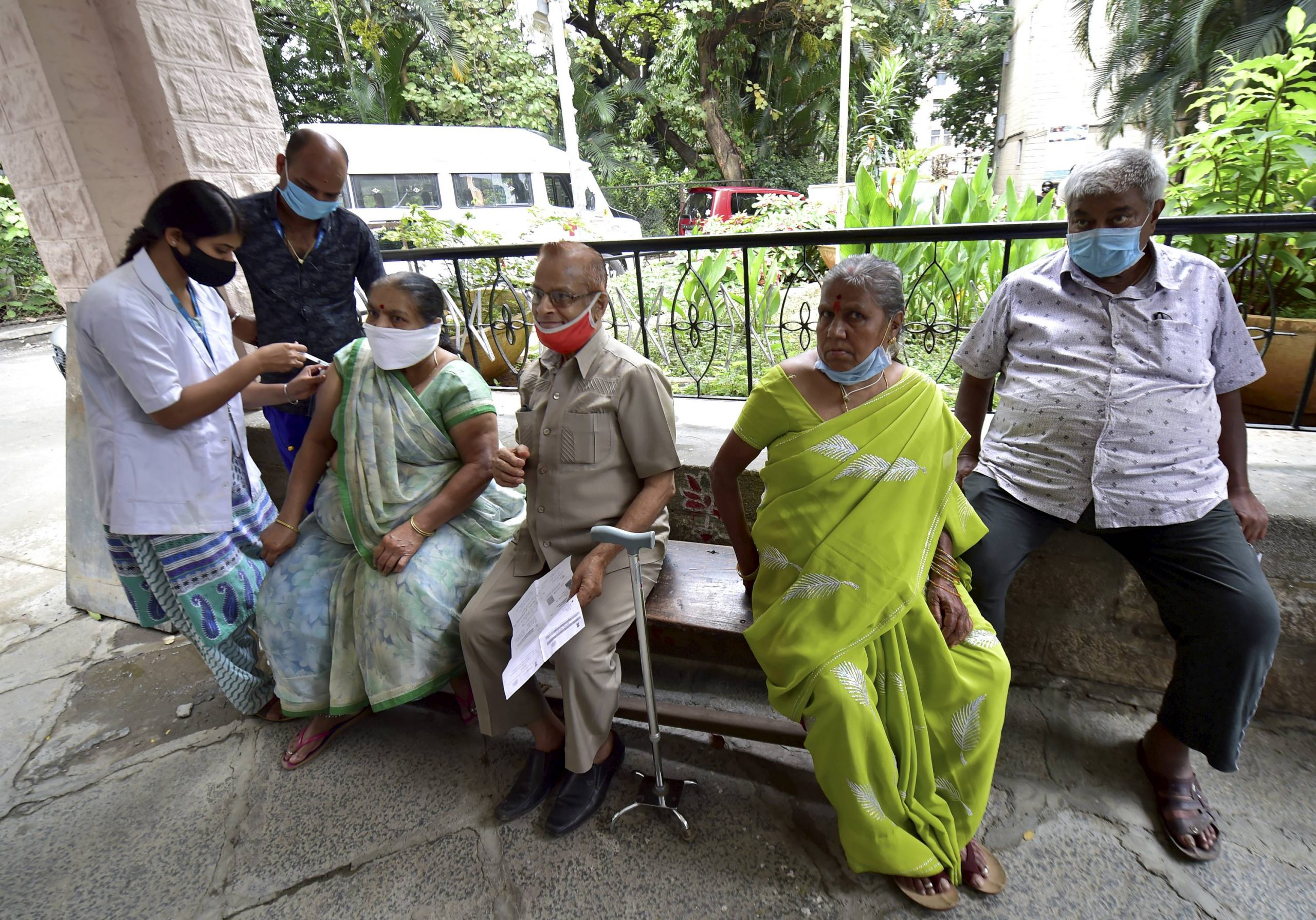Not more than a month ago, Indian hospitals were flooded with COVID-19 critical patients as the country was reeling from the second deadly wave of coronavirus. While the number of infections are lowering every day, several health reports and experts are predicting another dangerous COVID-19 wave is that is around the corner if the pandemic appropriate behaviour is not followed. Now in this fight against COVID-19, India’s sole hope is getting its population vaccinated.
The Indian government is confident and promising to vaccinate its entire adult population by the end of 2021. However, its biggest vaccine maker, Serum Institute is struggling to meet the demand, and slots are usually unavailable.
Also Read | What causes blood clots after COVID vaccination? Expert answers
Now as the government plans to ramp up vaccine production with an aim to produce at least two billion doses between August and December 2021, with daily doses augmenting to 1 crore, here is where India stands in the vaccination race and will also attempt to determine if the claims of inoculating its adult population will become a reality.
India’s current vaccination rate
According to the Indian health ministry data, From June 21 to June 27, the country on average administered around 6 million or 60 lakh COVID vaccination per day. This rise was due to the Centre’s revamped vaccination policy.
The pre-June period, however, saw just 3 million vaccination on an average daily basis.
Meanwhile, after a week of Centre’s revamped COVID vaccination policy implementation, a sudden steep was recorded in the vaccination process as India inoculated only 4 million people on average.
“Supply is only one component of the vaccine drive, it should also reach the arms of the people in a timely manner,” Dr Chandrakant Lahariya told the BBC.
Also Read: Brazil-Bharat Biotech’s COVID vaccine deal that ran into trouble: Explained
At the current pace, it could take up to 1.6 years for the adult population to get vaccinated.
Why is vaccination slower than expected?
One of the prime reasons here is the shortage of vaccine doses. India’s vaccine manufacturing process was hit by raw material shortages after US President Joe Biden invoked the US Defense Production Act (DPA) earlier this year, giving US vaccine makers priority access.
While the US administration later agreed to provide specific raw materials required for the manufacture of Covishield vaccines in India but the Serum Institute says it still faces shortages of supplies from America.
What about India’s ambition of two billion COVID vaccines production from August to December?
For this, we first need to understand the vaccine availability of the COVID vaccine. India currently has 4 COVID vaccines that are approved to be administered, out of which Sputnik V hasn’t delivered the doses as promised and a delay was intimated and Moderna’s supply arr expected till October.
According to BBC, Serum Institute’s projections include 750 million doses of Covishield and 200 million doses of Covovax – the local version of Novavax which is yet to be approved in India.
Also Read: Covishield and Covaxin get nod from several EU nations. Full list
Bharat Biotech, on the other hand, is expected to deliver 550 million doses of Covaxin and 100 million doses of an intranasal vaccine in early-stage trials.
The Serum Institute recently told the government that they would produce only 100 million doses per month from June onwards, and Bharat Biotech had said earlier that their capacity would be boosted to 80 million doses per month from August.
Taking another factor, i.e, approval for the foreign vaccines into consideration, the government is in talks with Pfizer, Moderna and Johnson & Johnson vaccines for additional supplies but the corporations have said that they can make the doses available only by October 2021.
Going by these projections, it is highly unlikely for India to be able to fulfil its dream of ramping up the vaccination to two billion from August.







